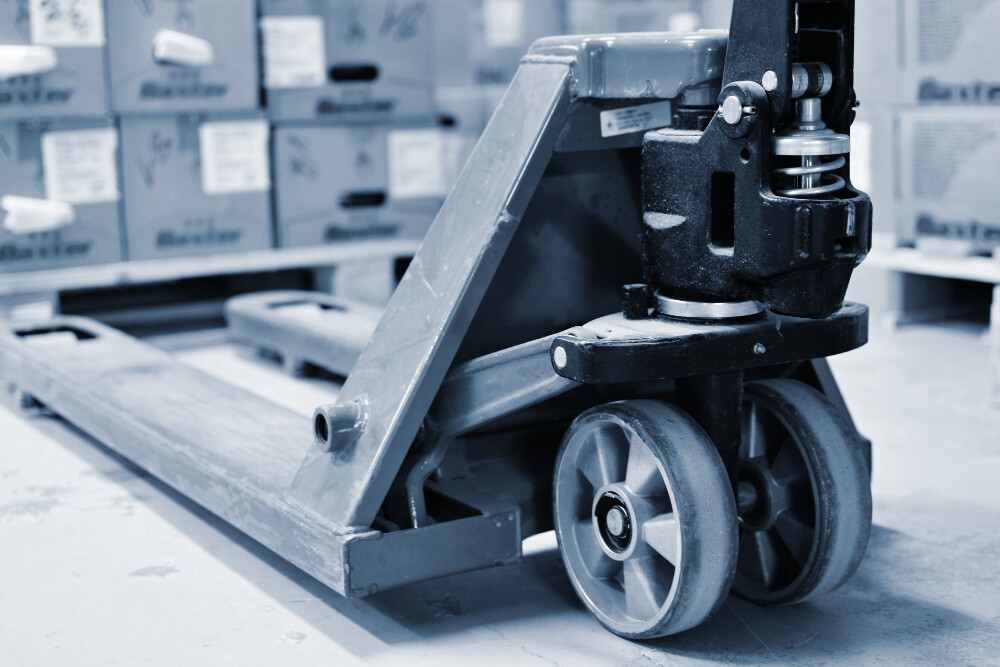Comparing Weigh Fill Systems: Types and Applications
With the continuous development in the manufacturing and packaging sectors, weigh-fill systems play a crucial role across various industries. This article delves into the different types of weigh fill systems available on the market, including net weigh fillers, gross weigh fillers, and volumetric fillers, and compares them with other filling technologies such as auger fillers, piston fillers, and gravity fillers.
1. Introduction to Types of Weigh Fill Systems
1.1 Net Weigh Fillers
Net-weigh fillers are highly accurate filling equipment widely used in industries like food, pharmaceuticals, and chemicals. Based on advanced weighing technology, these systems achieve precise control over product weight. Integrated with automation systems, net weigh fillers facilitate efficient and accurate production line operations.
1.2 Gross Weigh Fillers
Compared to net-weigh fillers, gross-weigh fillers focus more on measuring and controlling the overall weight. This type of filler excels at filling liquids, powders, and granular products. Its main advantages include ease of operation, low maintenance costs, and suitability for large-scale production.
1.3 Volumetric Fillers
Volumetric fillers control filling volume based on pre-set container capacities, suitable for rapid filling and packaging needs. This technology is particularly favored by industries such as cosmetics, liquid detergents, and personal care products.
2. Comparative Analysis of Weigh Fill Systems with Other Filling Technologies
2.1 Comparison with Auger Fillers
Auger fillers are primarily used for filling powders and granular products, operating based on auger-driven conveying and filling technology. Compared to weigh fill systems, auger fillers may have advantages in speed and adaptability but might lag in accuracy and flexibility.
2.2 Comparison with Piston Fillers
Piston fillers control filling volume through piston-driven movements, making them suitable for high-viscosity and semi-solid products. While piston fillers excel in certain applications, weigh fill systems offer competitive advantages in accuracy, adjustability, and automation.
2.3 Comparison with Gravity Fillers
Gravity fillers utilize gravity principles for filling liquids and clear products with low viscosity. Despite the operational simplicity and cost-effectiveness of gravity fillers, they may not match weigh fill systems in precise control and efficient production.

3. Future Trends and Innovations in Weigh Fill Systems
As we look ahead, the landscape of weigh-fill systems is poised for further advancements and innovations. One of the notable trends is the integration of Industry 4.0 technologies, such as IoT (Internet of Things), machine learning, and automation, into weigh fill systems. This integration allows for real-time monitoring, predictive maintenance, and enhanced operational efficiency.
Furthermore, sustainability and eco-friendly solutions are becoming increasingly important in the packaging industry. Weigh-fill systems are evolving to incorporate sustainable materials, reduce waste, and optimize energy consumption, aligning with global sustainability goals and consumer preferences.
4. Regulatory Standards and Compliance Considerations
In the context of weigh-fill systems, adhering to regulatory standards and compliance requirements is paramount. Various industries, including food, pharmaceuticals, and chemicals, have stringent regulations concerning product quality, safety, and accuracy. Therefore, weigh-fill systems must meet or exceed these regulatory standards through rigorous testing, certification, and validation processes.
5. Conclusion
In summary, weigh-fill systems continue to evolve as indispensable assets in modern manufacturing and packaging operations. From net weigh fillers and gross weigh fillers to volumetric fillers, the diversity of options caters to a wide range of applications and industries. By comparing these systems with alternative technologies such as auger fillers, piston fillers, and gravity fillers, we recognize the distinct advantages and considerations associated with each approach.
As we navigate future trends, regulatory landscapes, and technological innovations, the role of weigh-fill systems remains pivotal in driving efficiency, quality, and compliance across various industries. By embracing advancements in technology, sustainability practices, and regulatory compliance, weigh-fill systems will continue to redefine standards, meet evolving market demands, and deliver innovative solutions for the foreseeable future.
Through collaborative efforts, research, and continuous improvement, the industry can harness the full potential of weigh-fill systems, fostering growth, innovation, and sustainability in the ever-changing global landscape of manufacturing and packaging.


